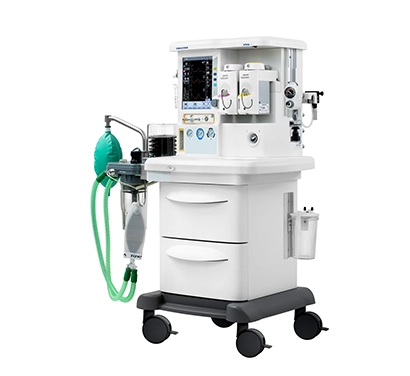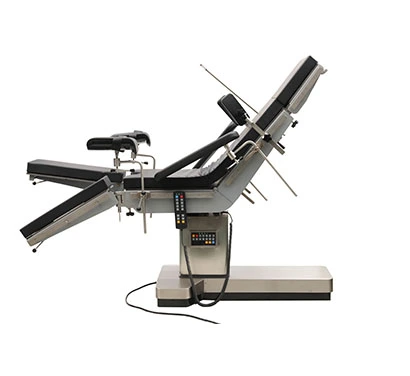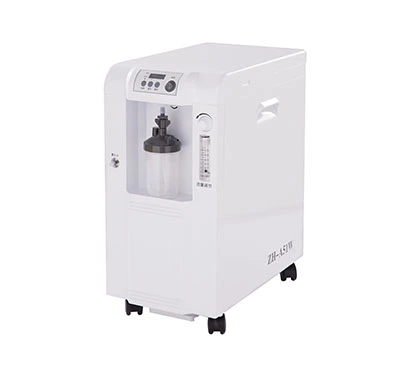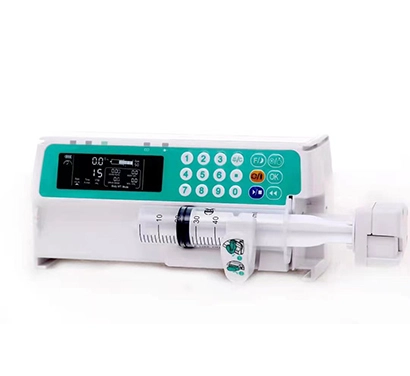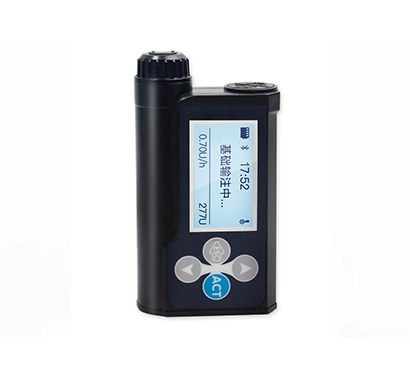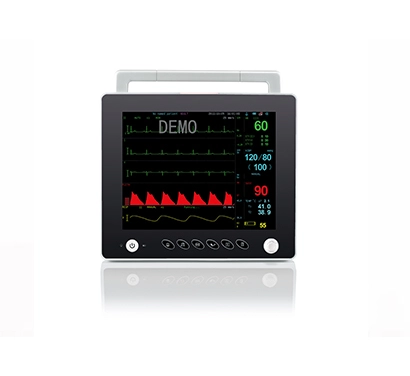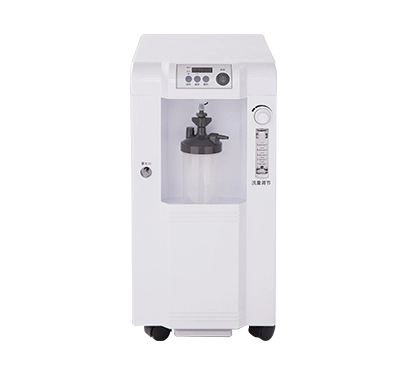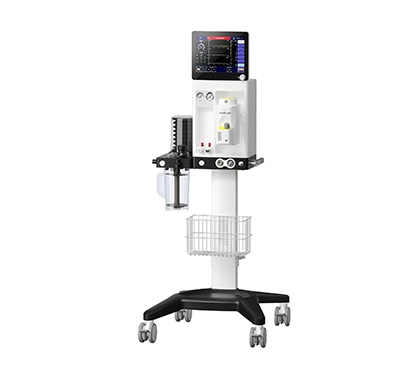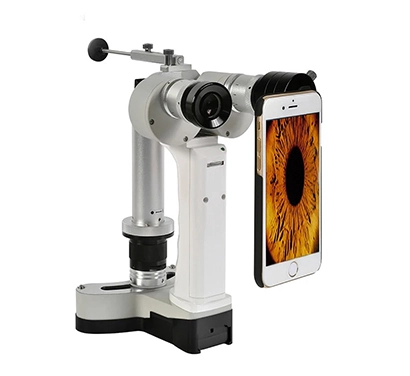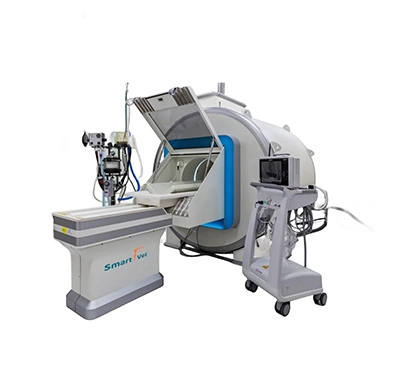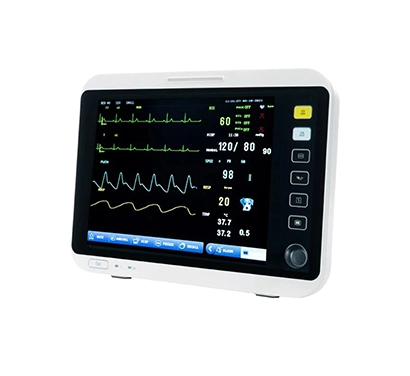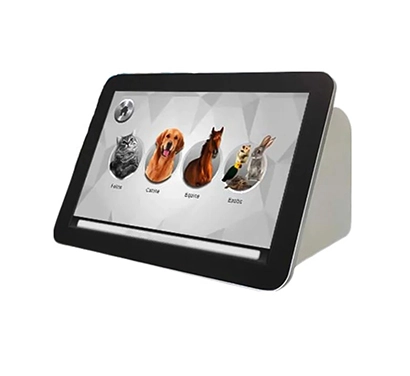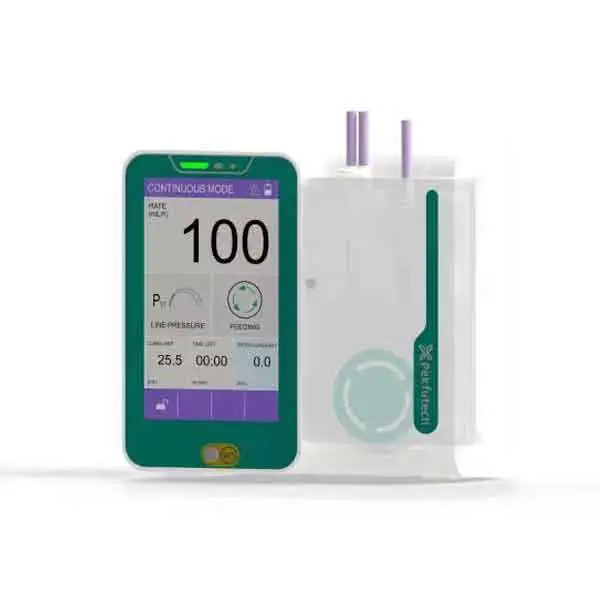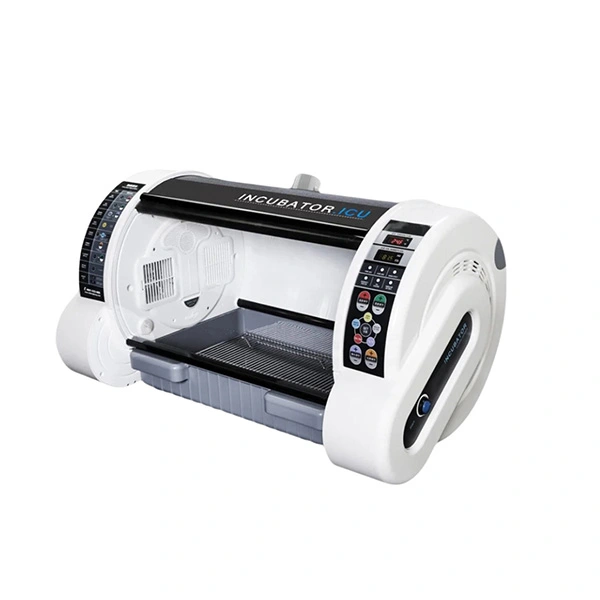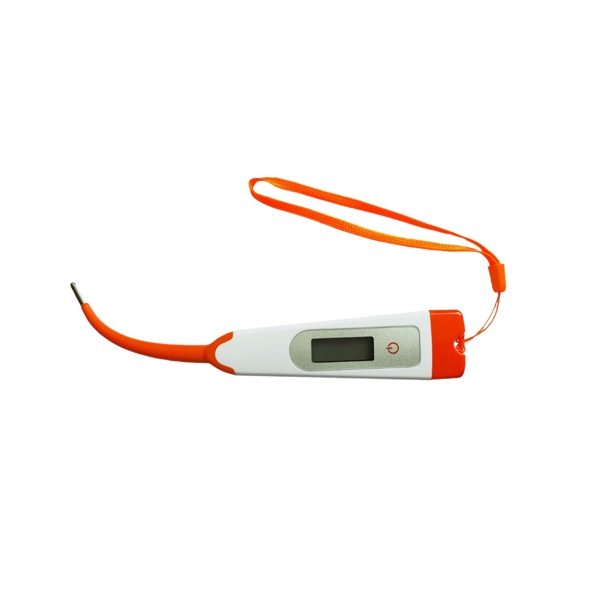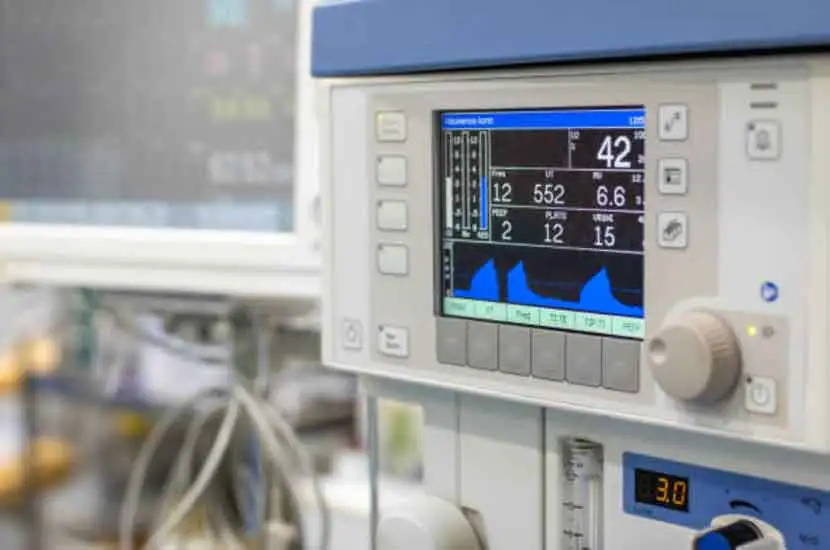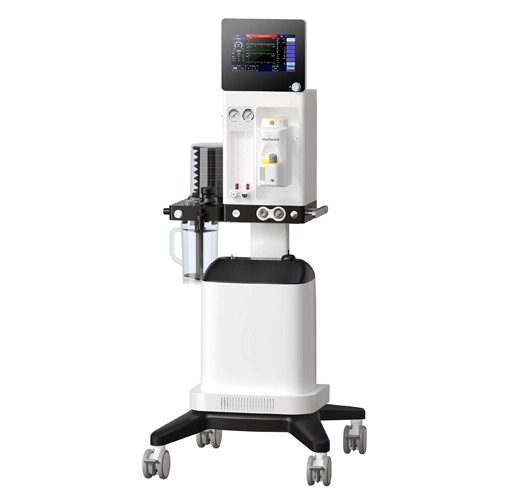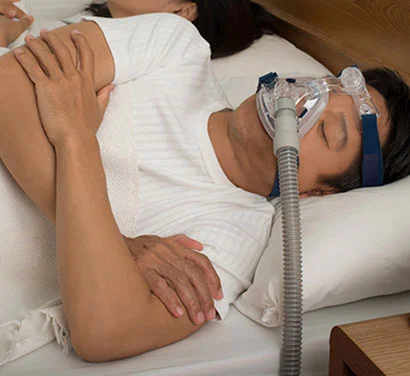What is an evaporator and an anesthesia flowmeter?
Evaporators and anesthesia flowmeters are important components of an anesthesia machine. The evaporator is responsible for delivering precise concentrations of volatile anesthetics to the patient during surgery. They ensure that the anesthetic gases are administered in a controlled and accurate manner, allowing the anesthetist to adjust the concentration according to the patient's needs. On the other hand, the RHC Medical's anesthesia flowmeter is a crucial device used in the medical field, particularly during anesthesia, to measure the flow rate of gases or liquids. Anesthesia flowmeters regulate the gases (including oxygen and medical air) entering the anesthesia circuit. They provide precise control over gas flow rates, ensuring a continuous and reliable supply of gases to the patient. Together, evaporators and flow meter on anesthesia machine play a key role in safely and effectively delivering anesthetics during surgery.
Features of anesthesia flowmeters
High precision
Capable of quickly and accurately measuring the flow rate of gases or liquids, helping doctors precisely regulate the delivery amount of anesthetics.
High reliability
Made with advanced materials and structural design, they have high shock resistance and durability, allowing stable operation even in harsh environments.
Non-polluting
Designed with well-sealed structures that effectively prevent gas or liquid leaks and contamination, ensuring patient safety.
Easy to operate
Equipped with an intuitive display and simple operation interface, making it easy for doctors to use and control.
Working principle of anesthesia flowmeters
Gas input
Gases (such as oxygen, nitrous oxide, etc.) are input into the anesthesia machine through gas sources (such as central supply pipelines or backup gas cylinders).
Flow measurement
Once the gas enters the anesthesia machine, it passes through the flowmeter for measurement. Types of flowmeters may include electromagnetic flowmeters, differential pressure flowmeters, thermal flowmeters, etc.
Using an electromagnetic flowmeter as an example, when the gas flows through the magnetic field inside the flowmeter, it generates an induced electromotive force, which is proportional to the flow rate of the gas. By measuring this induced electromotive force, the flow rate of the gas can be calculated.
Flow control
The control system inside the veterinary anesthesia machine for sale precisely controls the gas flow rate based on preset anesthesia parameters (such as FiO2, FiN2O, etc.) and real-time measured gas flow rates.
By adjusting the flowmeter or the openings of related valves, it ensures that the anesthetic gases are delivered to the patient at a constant flow rate.
Gas output
The accurately measured and controlled gases are finally delivered to the patient through devices like ventilators or masks, achieving the anesthetic effect.

 EN
EN
 fr
fr  es
es  ru
ru  ar
ar 
